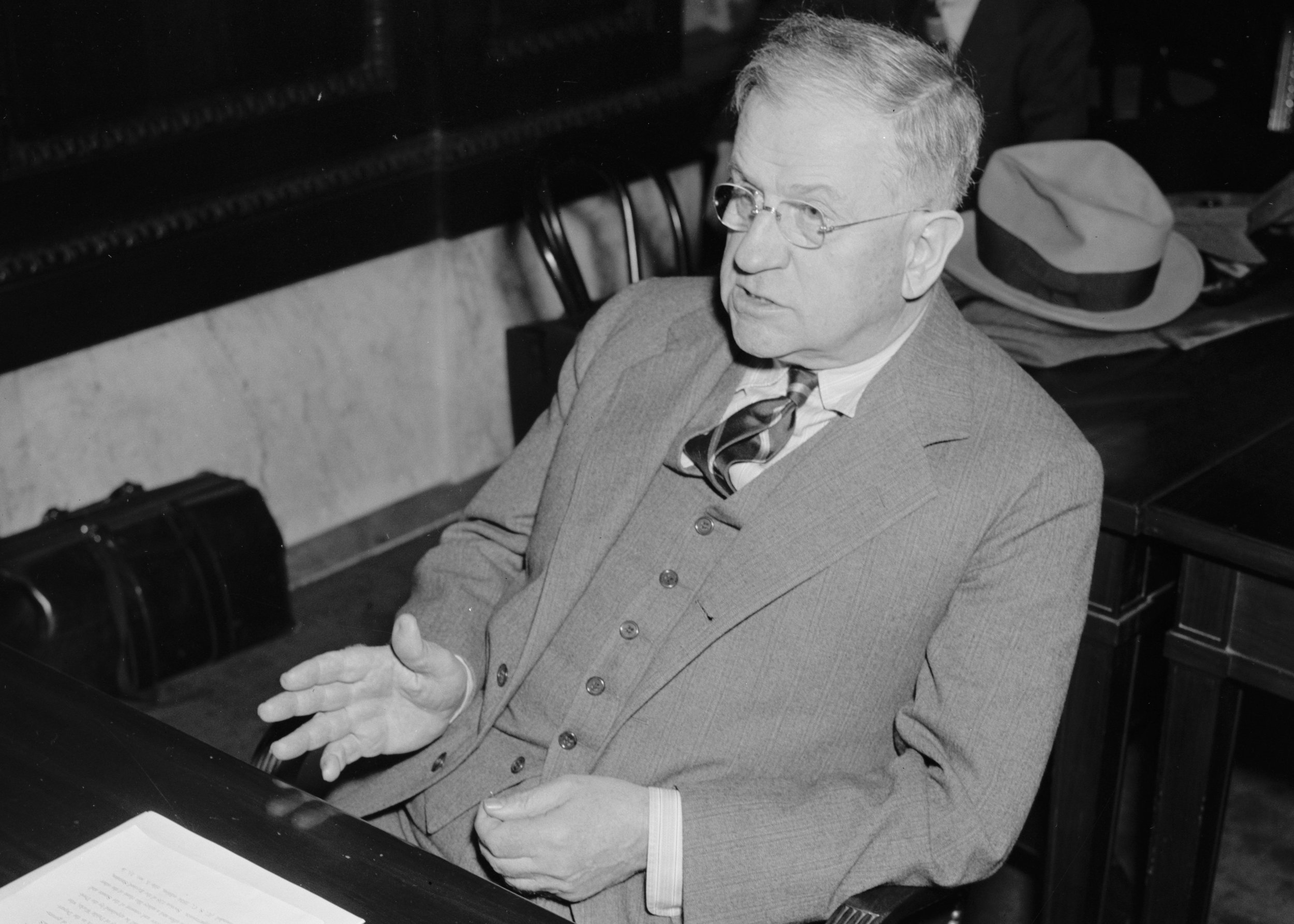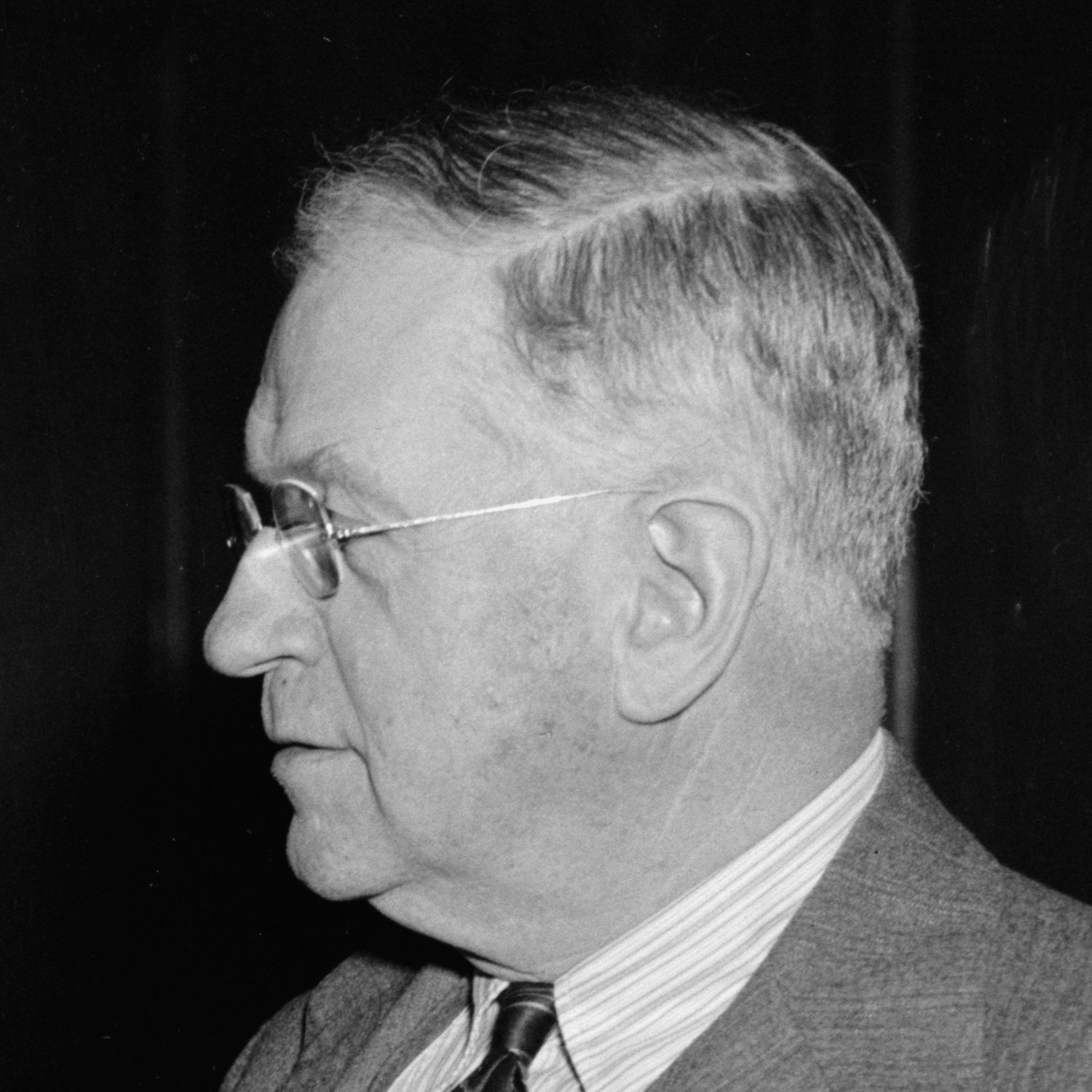Once upon a time--sometime after our chimp-like ancestor started menacing other males by waving a leg bone in the air, but before the Dulles brothers* pulled a series of bureaucratic levers in order to cause the death of millions of poor people around the world--if you needed protection from your enemies you grabbed a shovel and dug a moat.
Warren Buffet famously turned "moats" into the metaphor for successful business strategies that give a company a competitive advantage over their peers. The harder it is for a rival company to acheive the same advantage, the bigger the "moat".
This overlaps with the concept of "monopoly":
As Schumpeter pointed out, the source of profit in real-life capitalism is the fact that monopoly power is ubiquitous because of natural barriers to competition. The corner store has a monopoly on the convenience of its neighbors, and so can capture some of the surplus that might otherwise be bid away to customers by competitors. On-demand delivery drones would eliminate that monopoly.
Whether we call it a moat or natural monopoly, the idea is that some businesses can expect to remain profitable for the foreseeable future without needing to innovate or improve.
Now, go back to the metaphor: what happens to moats when airplanes come along? Protection from enemies now must take on totally new forms, radically shifting from passive barriers to active defense. At the end of this evolution you get to the Dulles brothers*: morally depraved and massively destructive button pushing replaces the honest and productive work of ditch digging.
Could businesses looking to protect themselves from competition become the Dulles brothers of the market?
Compare Steve Randy Waldman and Ruth Gunther McGrath. First, Incentives To Produce Are Incentives To Rig The Game:
In business school, students are taught that a successful business has a “moat” that makes it difficult for competitors to bid away ones margins. Technological progress renders moats that derive from nature harder to come by. Instead, successful businesses — and successful people (since under capitalism, a human is just a small business) — must rely increasingly on moats that result from social and political arrangements. We choose to grant monopoly rights to “creators” in the form of intellectual property and to expand their scope. We choose to limit the taxi business to medallion holders. We choose to prevent Indian doctors from competing in American hospitals, even though airplanes have eliminated locals’ natural monopoly. We choose to hire from the Ivy League. The distribution of profits is determined by social choices rather than by natural scarcities.
Second, Ruth Gunther McGrath Transient Advantage:
Strategy is stuck. For too long the business world has been obsessed with the notion of building a sustainable competitive advantage. That idea is at the core of most strategy textbooks; it forms the basis of Warren Buffett’s investment strategy; it’s central to the success of companies on the “most admired” lists. I’m not arguing that it’s a bad idea—obviously, it’s marvelous to compete in a way that others can’t imitate. And even today there are companies that create a strong position and defend it for extended periods of time—firms such as GE, IKEA, Unilever, Tsingtao Brewery, and Swiss Re. But it’s now rare for a company to maintain a truly lasting advantage. Competitors and customers have become too unpredictable, and industries too amorphous. The forces at work here are familiar: the digital revolution, a “flat” world, fewer barriers to entry, globalization.
Strategy is still useful in turbulent industries like consumer electronics, fast-moving consumer goods, television, publishing, photography, and...well, you get the idea. Leaders in these businesses can compete effectively—but not by sticking to the same old playbook. In a world where a competitive advantage often evaporates in less than a year, companies can’t afford to spend months at a time crafting a single long-term strategy. To stay ahead, they need to constantly start new strategic initiatives, building and exploiting many transient competitive advantages at once. Though individually temporary, these advantages, as a portfolio, can keep companies in the lead over the long run. Firms that have figured this out—such as Milliken & Company, a U.S.-based textiles and chemicals company; Cognizant, a global IT services company; and Brambles, a logistics company based in Australia—have abandoned the assumption that stability in business is the norm. They don’t even think it should be a goal. Instead, they work to spark continuous change, avoiding dangerous rigidity. They view strategy differently—as more fluid, more customer-centric, less industry-bound. And the ways they formulate it—the lens they use to define the competitive playing field, their methods for evaluating new business opportunities, their approach to innovation—are different as well.
Is there a dynamic where the less creative people see rent seeking as the only option for continued profits, where a more nimble organization which hasn’t alienated all the start-up/ramp-up employees is able to see and develop other more productive advantages? In other words, if you only profit thanks to rent seeking, is that the sign of a badly run business? Or is it the only way to make "real" money?
*NYT Review: The Brothers, by Stephen Kinzer:
Anyone wanting to know why the United States is hated across much of the world need look no farther than this book. “The Brothers” is a riveting chronicle of government-sanctioned murder, casual elimination of “inconvenient” regimes, relentless prioritization of American corporate interests and cynical arrogance on the part of two men who were once among the most powerful in the world.

